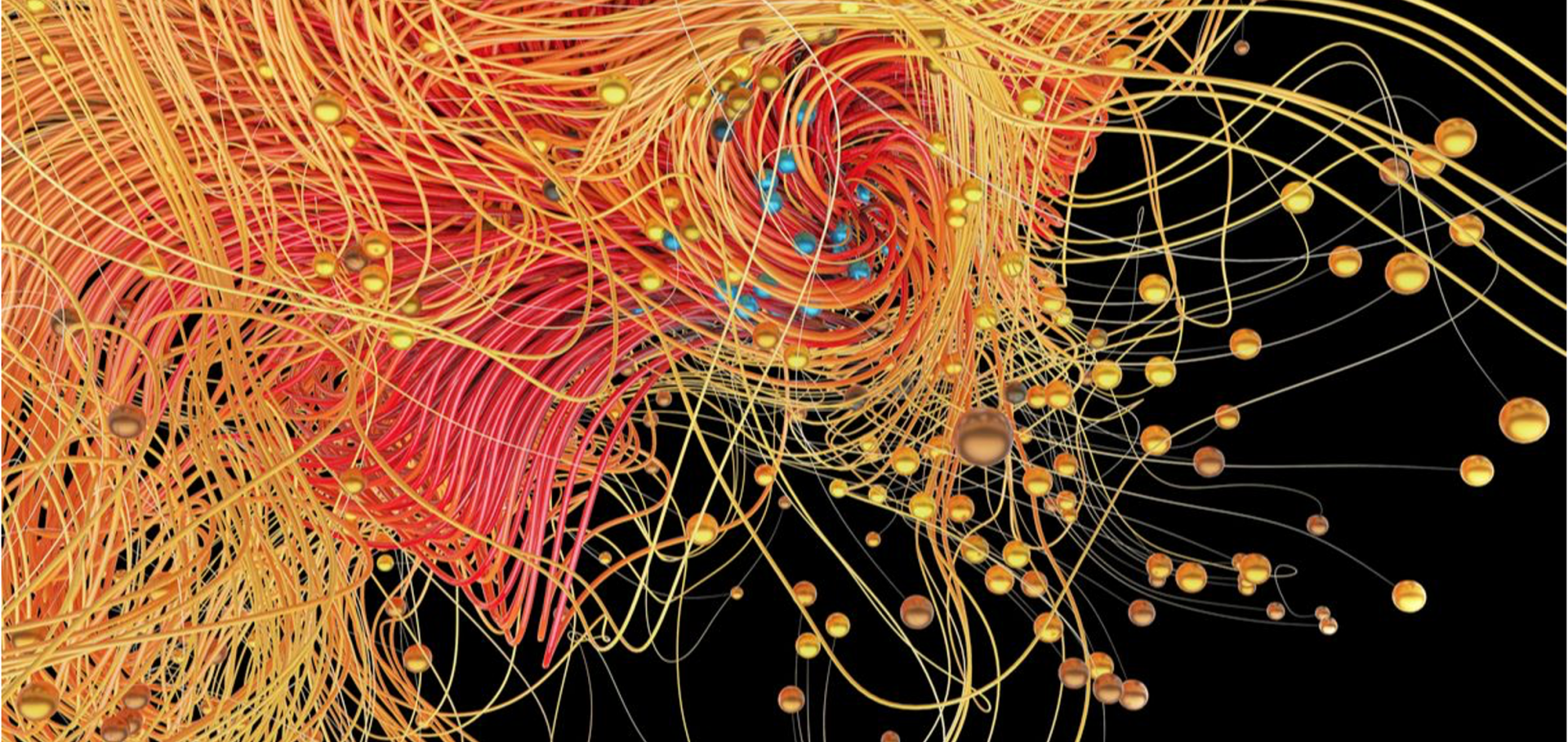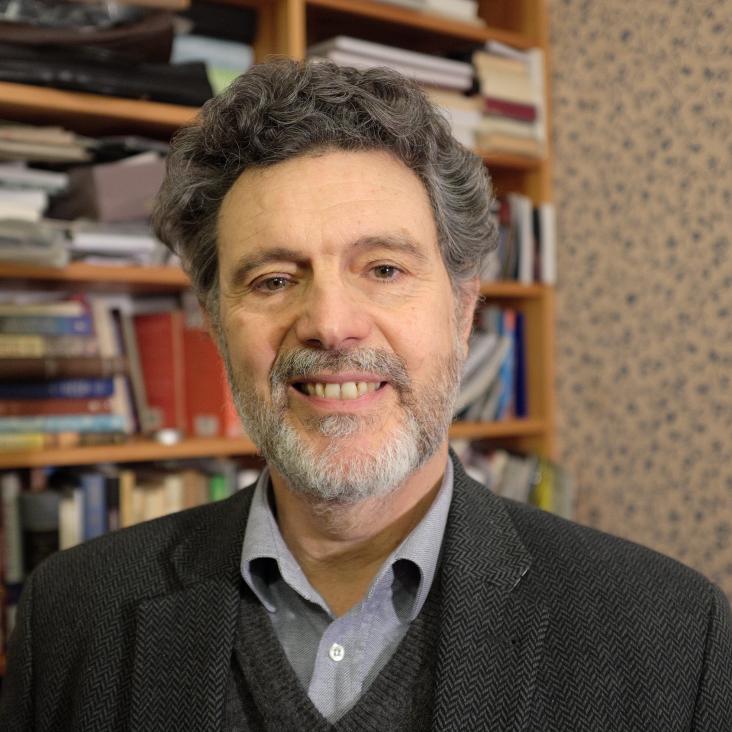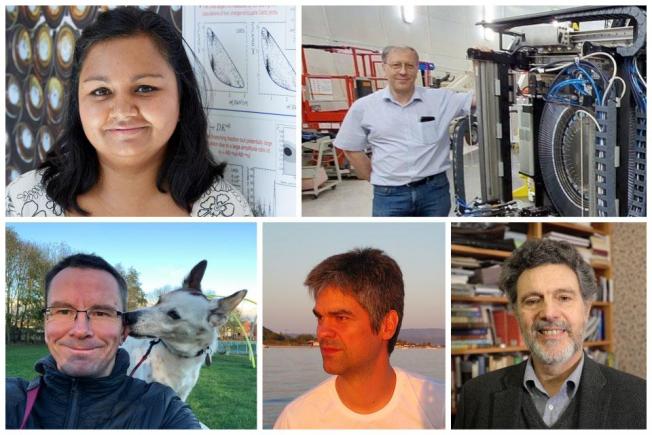Test‐Mass Release Phase Ground Testing for the LISA Pathfinder Mission
AIP Conference Proceedings AIP Publishing 873:1 (2006) 556-560
Local structural aspects of the orthorhombic to pseudo-cubic phase transformation in La1 - x Cax MnO3
Physica B: Condensed Matter 385-386 I (2006) 110-112
Abstract:
The local and intermediate structure of La1 - x Cax MnO3 has been studied in the orthorhombic (O) and pseudo-cubic (O′) phases, both as a function of temperature (x = 0.00), and as a function of Ca content (at 310 K). Neutron powder diffraction-based high real space resolution atomic pair distribution function (PDF) analysis shows that the Jahn Teller distortion of the MnO6 octahedra persists locally deep in the O′ phase in both cases studied, contrary to the average crystallographic view. The O to O′ structural phase transformation does have a local structural signature evidenced as a dramatic change in a PDF peak at 10.3 Å sensitive to the rotations of the MnO6 octahedra, providing further evidence that the nature of the transformation is orbital order to disorder regardless of whether the phase boundary is crossed as a function of T or x. © 2006 Elsevier B.V. All rights reserved.Neutron texture analysis on GEM at ISIS
Physica B: Condensed Matter 385-386 I (2006) 639-643
Abstract:
Texture analysis by time-of-flight neutron diffraction, carried out on a multidetector instrument, requires just a few sample orientations. Moreover, on a diffractometer like GEM at ISIS with sufficiently high detector coverage a quantitative bulk texture analysis can be performed even on a stationary sample in a matter of minutes. A 'single-shot', rapid texture measurement on a high-count-rate instrument can be of considerable benefit for studying materials at non-ambient conditions or for bulky samples that cannot be mounted on a goniometer. The capabilities of GEM for texture analysis are demonstrated with results on copper texture standards, which were studied to accompany diffraction analyses of archaeological objects. © 2006 Elsevier B.V. All rights reserved.Ordering on geometrically frustrating lattices: The perspective of TOF neutron crystallography
Physica B: Condensed Matter 385-386 I (2006) 29-34
Abstract:
Geometrical frustration arises when geometrical constraints promote a locally degenerate ground state. A periodic system with this local geometry may "freeze" on cooling forming "ices" or remain liquid down to the lowest temperatures due to quantum effects. A third possibility is that of a structural phase transition that lowers the local symmetry and lifts the degeneracy. Two classic examples of geometrical frustration are the so-called pyrochlore lattice, which is also found in AB2X4 spinels, and the "J1-J2" model on a square lattice, which involves competing nearest- and next-near-neighbor magnetic interactions. We present recent results obtained by time-of-flight (TOF) neutron powder diffraction on orbital ordering in transition-metal spinels, leading to the concept of orbitally-driven Peierls state, and more recent data on MoOVO4, a realization of the J1-J2 model. A surge of interest in the so-called multiferroic materials has led to revisit the role of geometrical frustration in coupling different degrees of freedom. In this context, we present recent results on REMn2O5 obtained by neutron single-crystal and powder diffraction. © 2006 Elsevier B.V. All rights reserved.Imaging crystallographic phases using time-of-flight neutron diffraction
Physica B: Condensed Matter 385-386 (2006) 1203-1205



